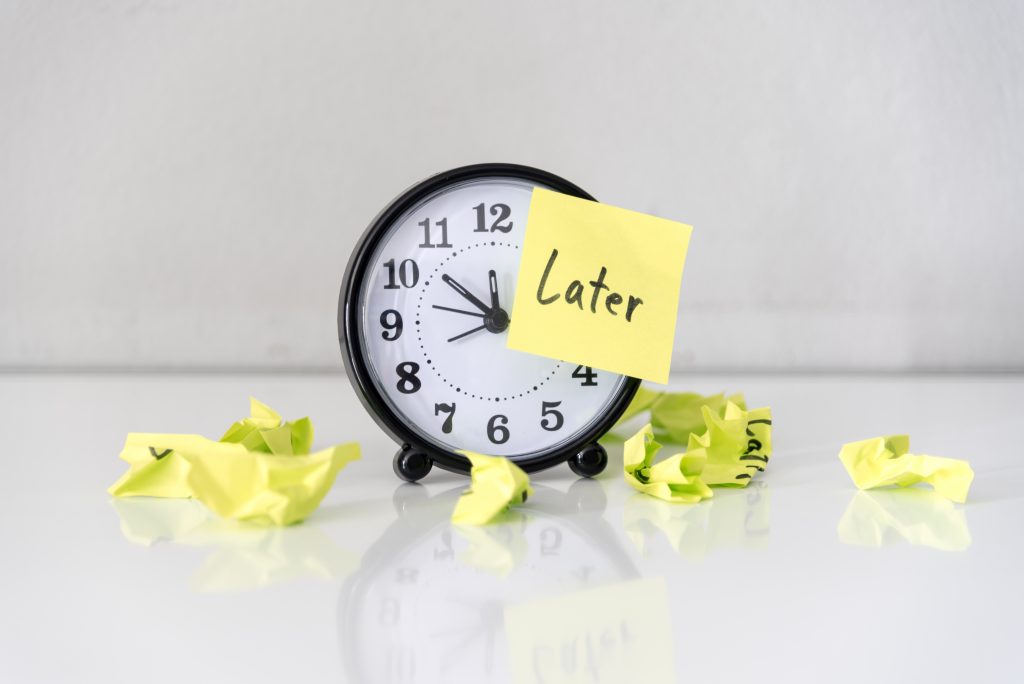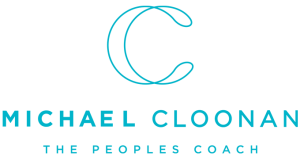In this personal blog post, I’m going to share something about me that you may not know: I have ADHD, or attention deficit hyperactivity disorder, and I experience many of the classic symptoms such as a short attention span, and lack of concentration. However, for me especially, one of the biggest challenges I face is procrastination.
Procrastination & ADHD
Tasks that are fun, interesting, and align with my passions? Bring them on! But anything that I find tedious or time consuming – regardless of how important or urgent they are – I often struggle to prioritise. I feel almost cognitively fidgety, constantly switching from one task to another. And I know that many others experience this exact same feeling.
While I’ve struggled with procrastination a lot in the past, I’m now at a point where I’m able to stop it in its tracks, before it really affects my productivity. It wasn’t an easy journey to get here, and I’ve tried many techniques over the years, some of which worked, and some of which didn’t. Here, I’m going to share 4 of the most effective methods that have worked for me, and I hope they’ll prove effective for you, too:
1. Start each day with a plan
One of the first things I do when I get up in the morning – even before making a coffee – is make a rough plan of what I need to achieve that day. I try not to order my tasks, as if for some reason I need to deviate from the ordering, I find myself entering into the ‘well, I’ve already failed’ mindset. Instead, I try to focus on the end goals. When I feel myself wandering off, I have this plan – this anchor – that draws me back to where I need to be
2. Change procrastination to productivity
When I’m faced with a task that I don’t particularly want to do, I feel a need to switch to something else. And sometimes, that desire to switch is so strong that it’s not something I can overcome. However, what I’ve found is that I don’t necessarily need to switch to something like playing games. It’s not what I switch to that’s important, it’s the switch itself. So I’ve started switching to productive tasks that help, rather than hinder.
3. Take limited time breaks
Breaks and periods of rest play an important role in any day-to-day plan, but what I often find is that if I spend my breaks doing open-ended activities (like playing games or simply daydreaming), I find it hard to get back to work. Instead, I’ve started spending my breaks on limited time activities that have a definite end point – like a walk to a specific place, or reading one chapter of a book. It gives me a cue to get back to it.
4. Mindfulness
Different people all get different things from practicing mindfulness, but what I get from it is greater awareness about what I need to do in the moment, rather than allowing my brain to wander and consider all the other things that I’ve got going on. It stops my brain from going down those endless procrastination ‘rabbit holes’, and instead keeps me focused on the present. When I do start to wander, mindfulness brings me back.
Procrastination is something that many people experience, but for those of us with ADHD, it can be even more challenging to manage. But it’s not impossible, and I credit these 4 mechanisms with helping me stop it in its tracks and become more productive.

